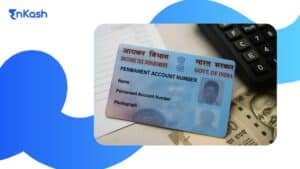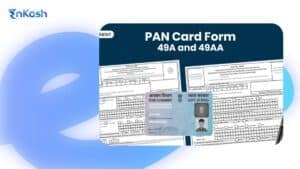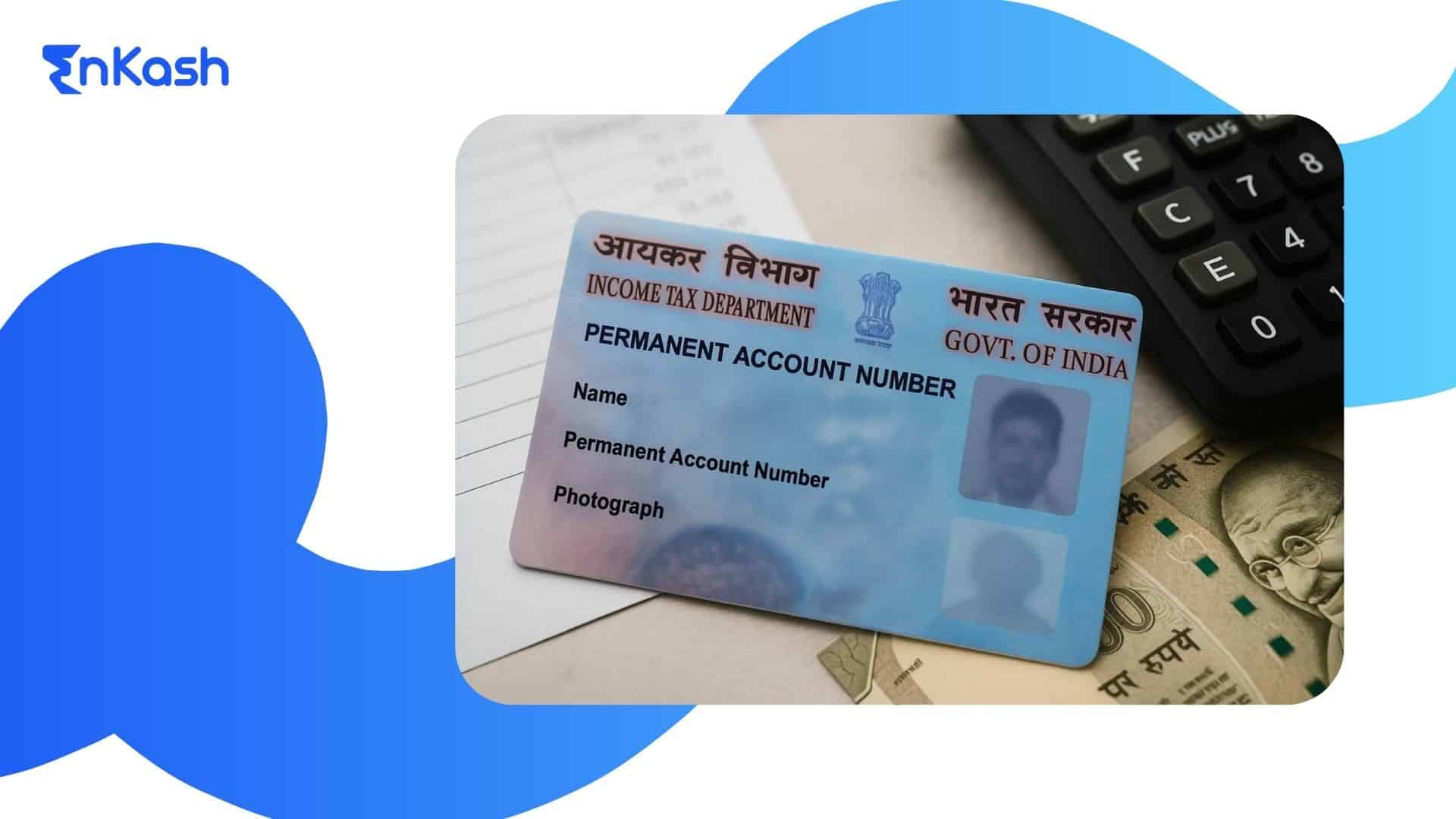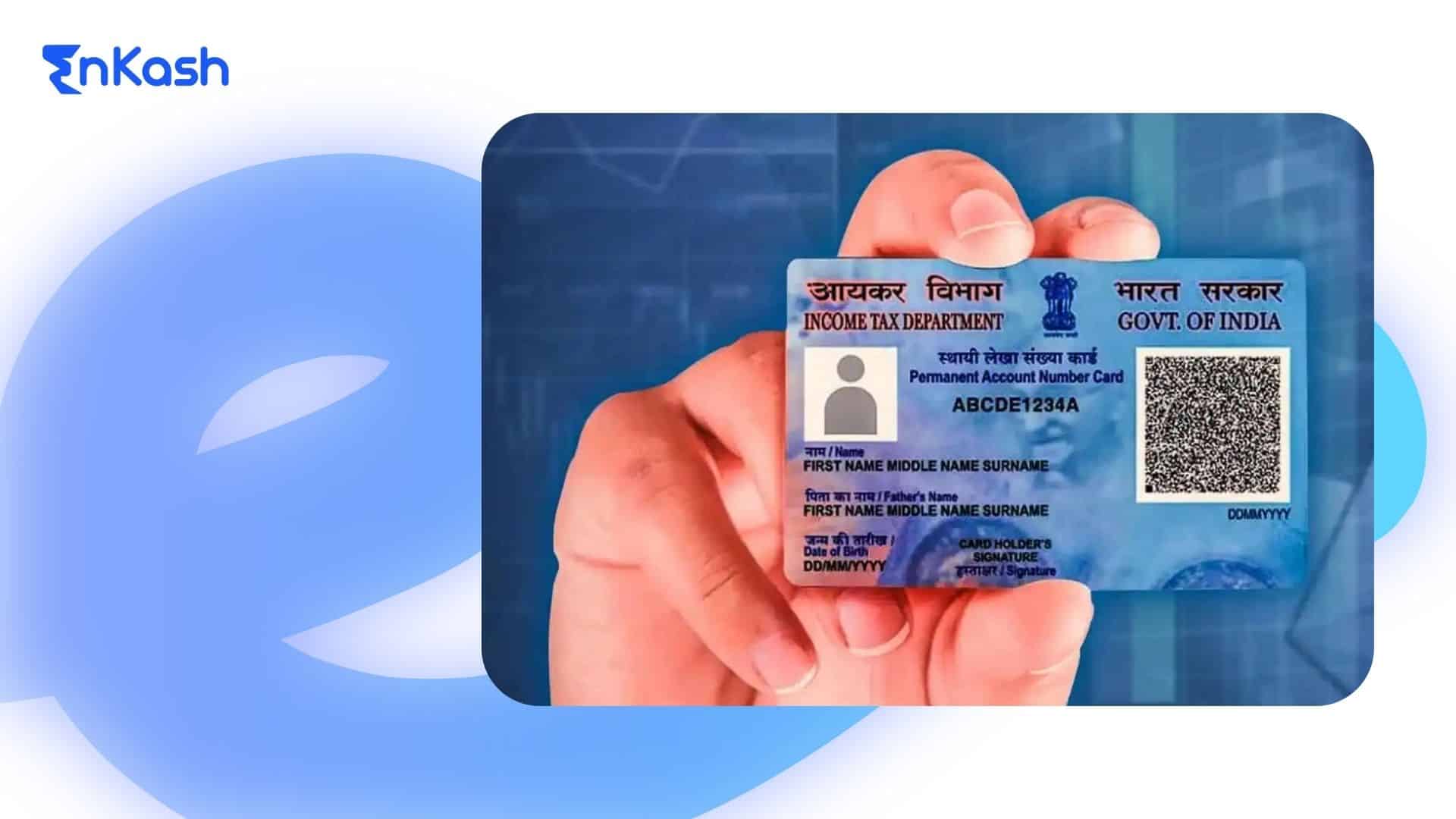A checking account is a bank account used for everyday money needs. You can put money into it, take money out, and make payments whenever required. It is built for activity, not for saving. There are no limits on the number of transactions, which makes it suitable for daily financial use.
The checking account’s meaning is linked to access. Money in this account is always within reach. It is not held for earning interest but for handling regular expenses, payments, and transfers. This makes it practical for both individuals and businesses.
To define a checking account, think of it as money that the bank makes available on demand. You can withdraw funds without waiting or giving notice. This freedom gives account holders confidence that money is ready whenever needed.
The phrase checking account vs current account is common in the local banking system. The truth is, they are the same. A current account is the term that banks use, but its purpose and features match what a checking account offers. Both allow unlimited transactions, and both are treated as demand deposits.
A checking and savings account does not serve the same purpose. A savings account is where money grows with interest. A checking account is where money moves. Savings accounts build returns over time, while checking accounts keep funds liquid for immediate use. Most people use both to balance growth and flexibility.
The role of a checking account can be seen in daily life. Salaries are usually credited to savings accounts, while checking/current accounts are more commonly used for business transactions, supplier payments, and client receipts
Digital payments have made the checking account even more important. With this account, you can use debit cards, write cheques, transfer money online, or manage payments through mobile banking. Having multiple options linked to a single account makes financial management easier and reduces the need for cash.
How a Checking Account Works
Deposits, Withdrawals, and Transfers
A checking account is active by design. You can deposit money into it, withdraw when required, and transfer funds to others. Payments can be made using cash, cheques, debit cards, or online channels. There is no fixed limit on how many times you can access your money, which makes the account reliable for frequent use.
Minimum Balance and Compliance
Most banks ask account holders to keep a minimum balance in a checking account. The amount varies, and if it is not maintained, a service charge is applied. This rule ensures that the account stays active and that banks can cover their operating costs. Knowing the minimum balance requirement helps avoid unnecessary penalties.
Overdraft Facilities and Cash Flow Support
Some checking accounts also offer an overdraft facility. This means you can withdraw more than what is available in the account, up to a set limit. It is treated as a short-term loan. For businesses, this feature helps during times when payments need to be made before incoming funds are received. For individuals, it can cover sudden expenses without delay.
Digital Access and Transaction Tools
Modern checking accounts are supported by digital tools. Account holders can make transfers through systems such as UPI, NEFT, RTGS, and IMPS. Mobile banking and internet banking provide round-the-clock access. This means that payments, transfers, and balance checks can all be managed without visiting a branch. Cheque books and debit cards are also linked to these accounts, giving more options to handle transactions.
The way a checking account works is simple but powerful. Money is always available. Records of every payment and receipt are created. Access is possible through both physical and digital channels. Together, these features make it a dependable account for managing daily financial needs.
Interest on Checking Accounts
Why Checking Accounts Do Not Earn Interest
Traditionally, checking/current accounts in India do not earn interest. However, some banks may offer minimal interest on specific variants, though the focus remains on liquidity, not growth.
The Trade-Off Between Liquidity and Earnings
When funds are kept in a checking account, they remain ready for use. The trade-off is that the balance does not grow. By keeping money available at all times, account holders give up the chance to earn interest that savings accounts provide.
Alternatives for Account Holders
To manage this, people often use a checking and savings account together. The checking account is used for payments and transfers, while the savings account holds extra funds that can earn interest. Some also move idle money into fixed deposits or other instruments while keeping enough in their checking account for daily needs.
Types of Checking Accounts
Regular Checking Accounts for Individuals
A regular checking account is the most common form. It is meant for personal use and allows deposits, withdrawals, and payments without limits. People use it for salary credits, utility payments, and regular transfers. It is straightforward and suited for daily banking.
Business Checking Accounts
A business checking account is tailored for firms, traders, and enterprises. It handles a large number of transactions and supports higher volumes. Features such as overdraft, cheque facilities, and bulk transfers make it useful for operations where money flows in and out frequently.
Joint Checking Accounts
A joint checking account is opened in the name of two or more people. Family members or business partners often use it. Each person has access, and the account records all activity clearly. It helps in managing shared expenses or collective responsibilities.
Premium Checking Accounts
Some banks provide premium checking accounts for clients who maintain higher balances. These accounts may come with added services such as dedicated relationship managers or reduced fees. They are designed for customers who expect extra convenience along with transactional flexibility.
Startup and Small Enterprise Accounts
For startups and smaller enterprises, banks sometimes offer special checking accounts with relaxed rules. These accounts may require lower minimum balances or provide additional tools for managing payments and collections. They help new businesses start operations smoothly.
Online and Digital Checking Accounts
With digital banking expanding, many prefer online checking accounts. These accounts can be opened with electronic verification and are managed through mobile or internet platforms. They reduce paperwork and provide faster access, making them suitable for people who prefer digital transactions over traditional methods.
Checking Account vs Savings Account
Key Purpose and Design Differences
A checking account is created for transactions. It allows unlimited deposits, withdrawals, and payments. A savings account, in contrast, is meant to hold money and help it grow with interest. Each serves a different role in managing finances.
Interest Income vs Transaction Freedom
A savings account provides interest on the balance kept in it. This makes it suitable for people who want steady returns. A checking account does not offer interest, but it gives complete freedom to move money whenever needed. The choice depends on whether the goal is growth or flexibility.
Withdrawal Restrictions vs Unlimited Usage
Savings accounts sometimes limit the number of free withdrawals or impose charges after a certain point. A checking account allows unlimited usage. For businesses and individuals who need frequent access, this becomes a clear advantage.
When to Use Checking and When to Use Savings
A checking and savings account can work together. The checking account is best for handling payments, receipts, and day-to-day expenses. The savings account is better for setting aside extra funds that are not required immediately. By combining the two, account holders can keep money liquid and also earn returns.
How to Open a Checking Account
Step-by-Step Process for Individuals
To open a checking account, most banks follow a simple process:
- Select a bank that provides the features you need.
- Submit proof of identity, proof of address, and a permanent account number document.
- Provide a recent photograph and complete the verification process.
- Deposit the required opening balance if asked.
- Receive account details, along with access through a debit card, cheque book, and digital banking platforms.
Business Account Opening Requirements
For a business checking account, additional documents are required. These may include:
- Registration papers of the firm or company.
- Proof of the business address.
- Identification documents of authorized signatories.
- Partnership deed, certificate of incorporation, or board resolution, depending on the type of business.
- Digital and Paperless Onboarding
Many banks now allow an online checking account to be opened without visiting a branch. Customers can upload documents, complete electronic verification, and receive account details almost instantly. This process reduces paperwork and gives faster access to banking. It is helpful for both individuals and businesses who prefer digital convenience.
Benefits of a Checking Account
High Liquidity and Easy Access
A checking account keeps money available at all times. You can use it whenever you need without restrictions. This makes it suitable for handling expenses, payments, or transfers without delay.
Flexibility with Unlimited Transactions
There is no cap on the number of deposits, withdrawals, or payments. A checking account allows continuous movement of money, which is useful for both personal and business needs.
Record Keeping and Transparency
Every transaction is recorded in the account. This creates a clear financial history that helps in budgeting, audits, and tax filing. A checking account offers transparency and makes tracking cash flow easier.
Cash Flow Support through Overdraft
Some checking accounts provide an overdraft option. This facility lets you use more than what is available in the account, up to a set limit. It helps in meeting urgent payments when funds are expected but not yet received.
Separation of Operational and Savings Funds
By using a checking account for transactions and a savings account for returns, you can separate active funds from reserve money. This structure brings clarity in managing finances and avoids mixing daily expenses with long-term savings.
Drawbacks and Limitations of a Checking Account
No Returns on Idle Balances
A checking account does not earn interest. Money kept here stays liquid but does not grow. This means account holders miss the chance to gain returns that savings accounts provide.
Higher Service Charges and Penalties
Most banks require a minimum balance. If it is not maintained, a penalty is charged. Along with this, there may be service fees for cheque books, debit cards, or additional transactions.
Risk of High Costs on Added Services
Beyond the basic facilities, extra services often carry charges. Bulk transfers, cash deposits over free limits, or special requests can increase costs linked to a checking account.
Overdraft Costs if Misused
The overdraft facility is useful but comes with interest charges. If used without planning, it can create extra expenses. Careless use of this feature can turn a short-term benefit into a financial burden.
Trends and Developments in Checking Accounts
Growth of Digital Operations
A major shift in checking accounts is the move toward digital banking. People now open and manage accounts through mobile applications and internet platforms. This has reduced the need for physical visits and made transactions faster.
Stronger Compliance and KYC Standards
Banks are placing greater focus on verification and monitoring. Updated Know Your Customer rules ensure that only genuine users can access a checking account. This protects the financial system and builds trust.
Preference for Transparency and Lower Fees
Account holders now expect clear information on charges. Many people choose banks that disclose fees upfront and offer lower penalties for balance shortfalls. The demand for fairness has reshaped the way checking accounts are structured.
Integration with Financial Technology
Modern checking accounts are also linked with financial technology platforms. This integration allows better tracking, easier reconciliation of payments, and smoother management of funds. It reflects how banking is adapting to new tools that simplify money handling.
In Conclusion
A checking account is more than a place to keep money. It supports daily payments, transfers, deposits, and withdrawals without limits. It offers liquidity, records every transaction, and gives individuals and businesses a reliable way to manage their finances. Since a checking account does not earn interest, it works best when paired with a savings account. Together, they provide flexibility and growth. Keeping funds for expenses in the checking account and storing reserves in savings ensures balance in money management. Understanding this difference helps account holders make better choices for both personal and business needs.
FAQs
1. Can a checking account be used for receiving international payments?
Yes, a checking account can receive international transfers, provided the bank supports foreign remittance services. The account holder must share details such as the SWIFT code, bank name, and account number with the sender. Charges may apply, and settlement timelines can vary from one bank to another.
2. Is it possible to link multiple checking accounts under one online profile?
Most banks allow account holders to link more than one checking account to a single digital platform. This makes it easier to manage balances, initiate transfers, and review statements. Individuals and businesses with multiple accounts benefit from a consolidated view of all financial activity through a single login.
3. Do checking accounts have restrictions on cash deposits?
Banks usually set free limits on cash deposits in a checking account. Deposits above that limit may attract service charges. This applies more to business accounts, as they handle large volumes. Keeping track of such limits helps account holders avoid unnecessary costs linked to frequent or high-value cash deposits.
4. Can minors open a checking account?
A checking account is generally not offered directly to minors. However, banks sometimes provide special accounts that are operated jointly with a guardian or parent. These accounts allow limited transactions and gradually prepare young account holders to understand money management under supervision. Rules vary depending on bank policy.
5. How are checking accounts monitored for security?
Banks protect every checking account through multiple layers of security. These include transaction alerts, two-step authentication, and monitoring for unusual patterns. If suspicious activity is detected, accounts can be frozen until the issue is resolved. Customers also play a role by safeguarding passwords and reporting concerns promptly.
6. What documents are needed to upgrade a checking account type?
If an account holder wishes to upgrade a checking account to a premium or specialized type, banks usually ask for updated identification, proof of income, and in the case of businesses, financial statements. The upgrade process ensures that the customer qualifies for features such as higher limits or overdraft facilities.
7. Can a checking account be linked to investment products?
Yes, a checking account can be connected to investment services offered by banks. For example, funds can be auto-debited for mutual fund investments or recurring deposits. This linkage simplifies money management by combining transactional needs with investment activity, though it does not generate interest.
8. Are checking account statements valid for loan applications?
Banks and financial institutions accept checking account statements as proof of financial activity. Regular inflows, salary credits, or consistent business transactions displayed in the statement strengthen loan applications. Lenders use these records to assess repayment ability, making accurate and clean account activity important for credit approval.
9. How often should account holders review their checking accounts?
It is advisable to review it at least once every week. Regular checks help in spotting errors, identifying unauthorized activity, and ensuring there are no unexpected charges. For businesses handling large volumes, daily monitoring may be better. Timely reviews reduce risks and maintain financial clarity.
10. Can digital wallets be linked to a checking account?
Most digital wallets allow linking to a checking account through internet banking or UPI. This makes it easier to load funds into the wallet and use them for quick payments. The account remains the primary source of money, while the wallet adds convenience for smaller or mobile transactions.












